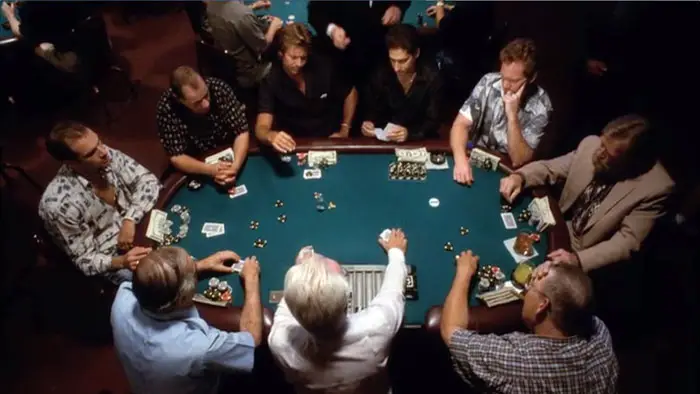
Michael Haneke is a creator of puzzles who doesn’t believe solutions are particularly important. In such critically acclaimed films as Cache, The Piano Teacher and Code Unknown the Austrian director has given us tantalizing, flawlessly constructed mysteries and left us to choose from a menu of resolutions. The White Ribbon is his most masterful creation to date and easily the most eerily puzzling.
Winner of the Palme d’Or at Cannes as well as the Best Film and Best Director prizes at the European Film Awards and nominated for a Best Foreign Language Oscar, the picture is set in a Protestant village in northern Germany on the eve of the first World War. Its original title included the phrase “A German Children’s Story” but, as quickly becomes clear, this is a story about children, not for them.
It’s recounted a half century or so after the fact by the hamlet’s schoolteacher who upon reflection has concluded “the strange events that occurred in our village… may clarify some things that happened in this country.” Not every day does one hear the phrase “some things” used to denote the horrors of Nazism.
The strange events begin before the teacher has finished his opening remarks. The doctor (Rainer Bock)-all the adults are identified by their station in the place’s feudal hierarchy-is seriously injured when his horse trips over a wire stretched between two trees as a trap. A group of schoolchildren straight out of Village Of The Damned appear at his home a short time later claiming to have come out of concern for his teenage daughter.
Soon afterward, the Baron’s (Ulrich Tukur) son is found in a barn hanging upside down and beaten. Later, a mentally disabled child is abducted and discovered brutalized, tied to a tree in the woods. Who does the teacher find lurking in the boy’s backyard subsequently? That’s right: the same angel-faced gang.
Haneke, of course, is a master of intimation. We never see the children commit these heinous misdeeds. We do, however, witness the alarming variety of ways in which the village’s young people are physically and psychologically abused in private by their parents. Perhaps the most twisted disciplinarian is the pastor, (Burghart Klaussner), a humorless monster who gives new meaning to the term “wrath of god.”
At one point he whips his oldest son and daughter for the crime of arriving to dinner late. At another, he lashes the boy’s hands to the sides of his bed to help him resist the temptation to defile himself. A sanctimonious fiend, he’s only slightly more despotic than the patriarchs we encounter in neighboring homes. The widowed doctor, for example, thinks nothing of taking unspeakable liberties with his daughter.
Haneke and cinematographer Christian Berger achieve a hyperreal look by shooting on standard film and then draining the images of color. This is the only sense in which anything about the picture is black and white though. From its first frame to the last The White Ribbon heaps mystery upon mystery and quietly builds suspense. Are the children behind the crimes? Will the adults be held accountable for their transgressions? How do the goings on in the village relate to the rise of fascism a generation later?
Don’t expect the filmmaker to take that ribbon and tie things neatly in a last act bow. That’s not his style. As he explained in a recent interview with Salon, “In real life there are any number of events we don’t understand. It’s only in mainstream cinema that films explain everything… It’s far more productive for me to confront the audience with a complex reality that mirrors the contradictory nature of human experience.”
No one who sees this movie is likely to mistake it for mainstream cinema and everyone, I suspect, will leave with a different take on the events depicted. My guess is the only thing viewers will agree on is that Haneke’s latest is some kind of misanthropic masterpiece.
